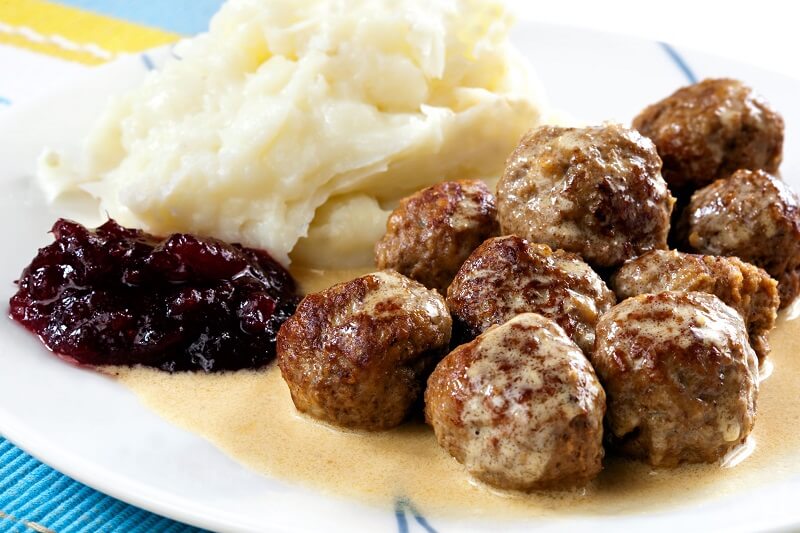Many people go to the furniture store just for this famous dish, while others have grown so fond of it that they often make Swedish style meatballs at home. But few people know the real story behind the delicious meatballs.
It has recently been confirmed in Sweden that the Swedish meatballs we know and love are not actually Swedish.
Although it is unclear what triggered the recent fact-checking, it has recently been revealed that meatballs are not actually Swedish after all. The confirmation on Twitter was met with bewilderment from both Swedes and meatball fans, who have always believed that this beloved dish was indeed Swedish. The announcement was posted on the platform by Sweden’s official site.
Swedish meatballs are actually based on a recipe brought back from Turkey by King Charles XII in the early 18th century.
What is the story behind the meatballs?
Charles XII, also known as the ‘Lion of the North’ and the ‘Swedish Meteor’, reigned as King of Sweden from 1697 to 1718, but lived in Turkey during the Great Northern War from 1709 to 1714. When he returned home after the war, he brought back with him the recipe of the ‘köfte’, the Turkish meatballs, and adapted them to the Swedish way of life as ‘köttbullars’.
Today, two million meatballs are eaten every day in the 340 stores of the famous furniture chain worldwide. Certainly, the king never thought they would become so popular!
How about the lingonberry sauce?
After an initial tweet on Sweden’s official Twitter a few days later, it was also confirmed that Sweden had added an important ingredient to the now-famous dish: lingonberry sauce.
These wild berries are abundant in Sweden and are an essential ingredient in many Swedish dishes. Blueberries have a sweet, tart and sour taste that pairs well with both sweet and savoury dishes.

